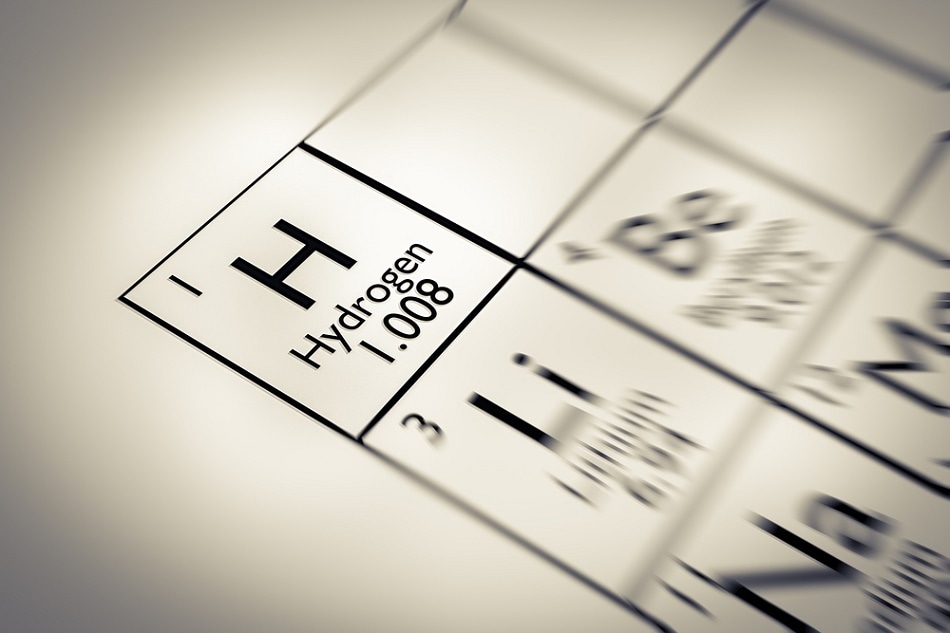Feb 2 2017
 Antoine2K/Shutterstock.com
Antoine2K/Shutterstock.com
The formation of hydrogen peroxide is considered to be an obstacle in the production of hydrogen through water splitting as it affects the efficient stability of the reaction and the stability of the production.
Dutch and Israelian researchers from Eindhoven University of Technology and the Weizmann Institute have successfully monitored the spin of electrons in the reaction and thus almost totally suppress the production of hydrogen peroxide. The findings were published by the researchers this week in the Journal of the American Society. The efficient production of hydrogen plays a vital role in water splitting by solar energy.
The generation of hydrogen is still not efficient enough even though it has been referred to as the fuel of the future. One of the production methods is a photo-electrochemical cell where water is split into oxygen and hydrogen under the influence of light. The reaction requires an increasing amount of energy and additionally hydrogen peroxide is developed as a by-product, resulting in one of the electrodes being poisoned and efficiency is reduced.
Electron Spin
Professors Bert Meijer, from Eindhoven University of Technology, and Ron Naaman, from Weizmann Institute, headed a team of researchers who were the first to have specifically analyzed the role of the spin, the internal magnetic moment, of electrons that are part of the oxidation reaction, or the formation of oxygen.
These researchers assumed that the formation of hydrogen peroxide will not take place if both spins are aligned. This is because two electrons with opposite spins are not allowed by the ground state of hydrogen peroxide, known as singlet state. However, this is allowed by oxygen with a triplet ground state.
Expectations Exceeded
The researchers successfully injected only electrons with their spins aligned in the process by covering the titanium oxide anode in their photo-electrochemical cell with chiral (molecules that are mirror images of each other) supramolecular structures of organic paint.
This work followed previous findings by the group of Naaman, that the transmission of electrons via chiral molecules relies on the spin of electrons.
The effect on water splitting exceeded our expectations. The formation of hydrogen peroxide was almost entirely suppressed. We also saw a significant increase in the cell’s current. And because chiral molecules are very common in nature, we expect great implications from this finding.
Ron Naaman, Professor, Weizmann Institute
Stroke of Luck
The researchers have not yet been able to explain how much more efficient this can make hydrogen production.
Our goal was to be able to control the reaction and to understand what exactly was going on. In some ways, this was a stroke of luck because the supramolecular structures had not originally been intended for this purpose. It goes to show how important supramolecular chemistry is as a fundamental field of research, and we’re very busy optimizing the process.
Bert Meijer, Professor, Eindhoven University of Technology